选择热点
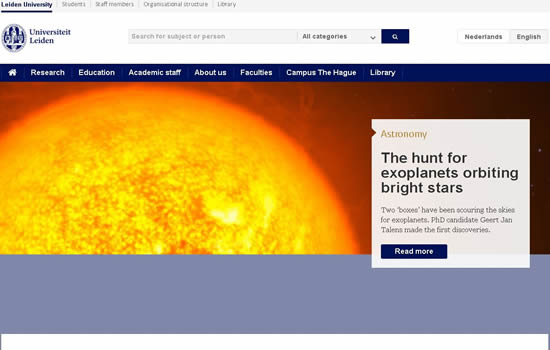 荷兰莱顿大学
荷兰莱顿大学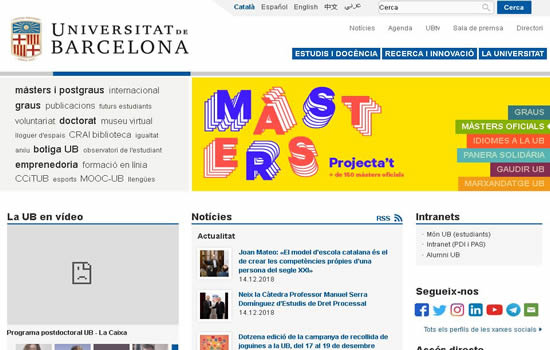 西班牙巴塞罗那大学
西班牙巴塞罗那大学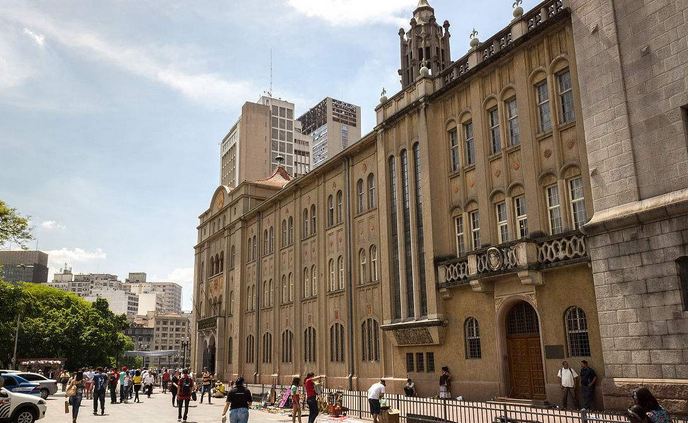 巴西圣保罗大学 University of Sao Paulo, Brazil
巴西圣保罗大学 University of Sao Paulo, Brazil 台湾南华大学 University of South China in Taiwan
台湾南华大学 University of South China in Taiwan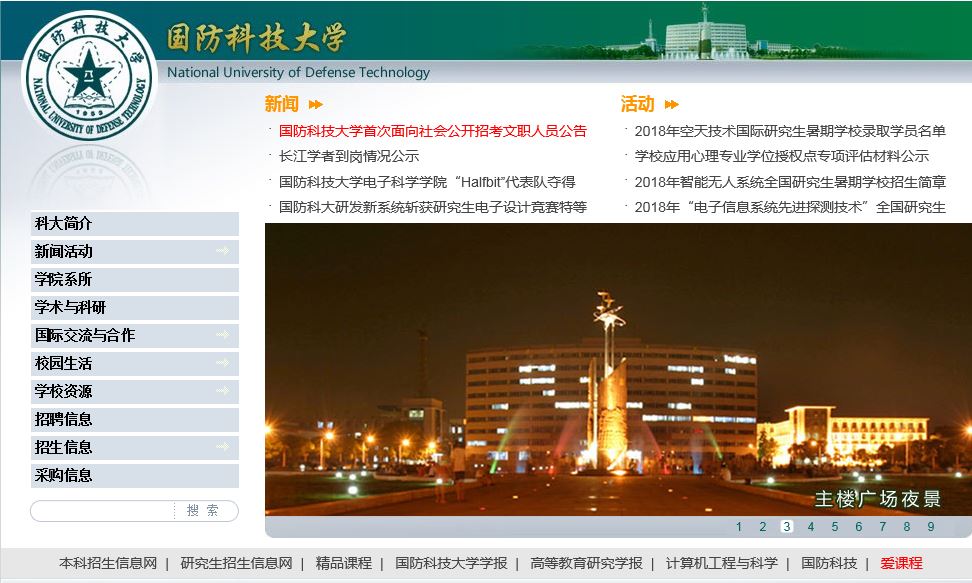 科技大学 National University of Defense Technology
科技大学 National University of Defense Technology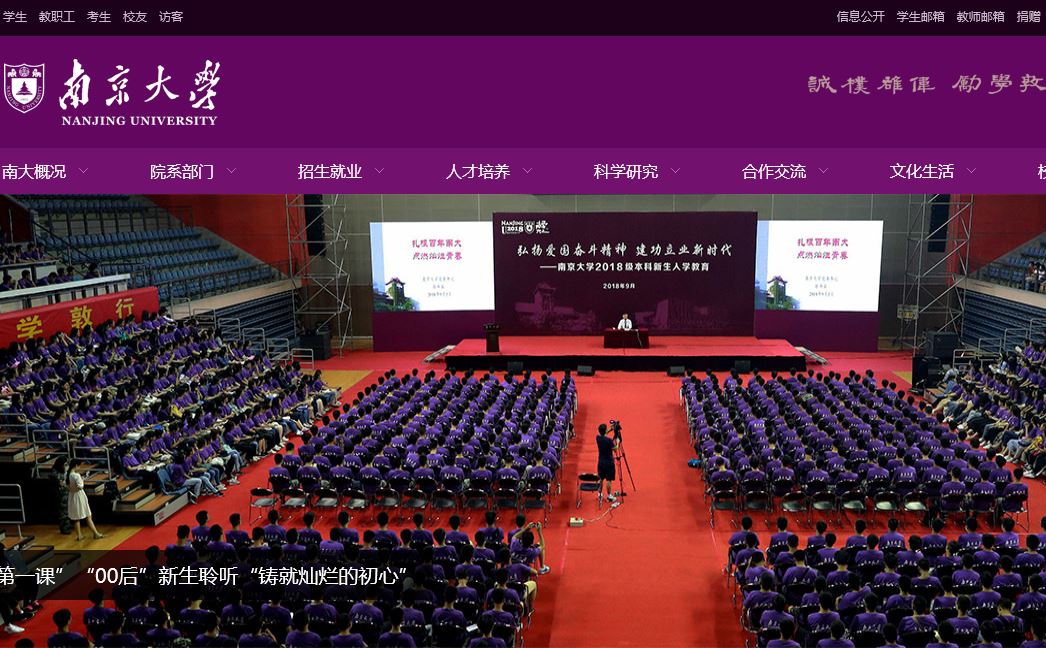 南京大学 Nanjing University
南京大学 Nanjing University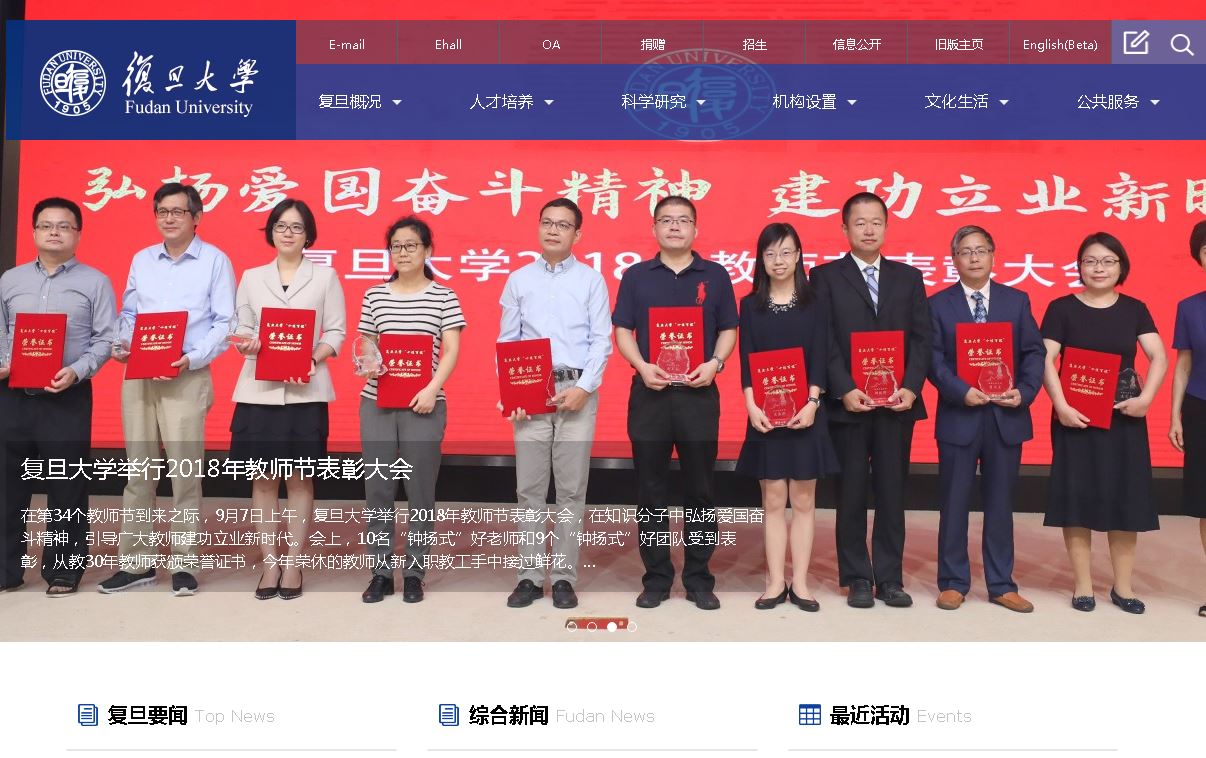 上海复旦大学 Fudan University
上海复旦大学 Fudan University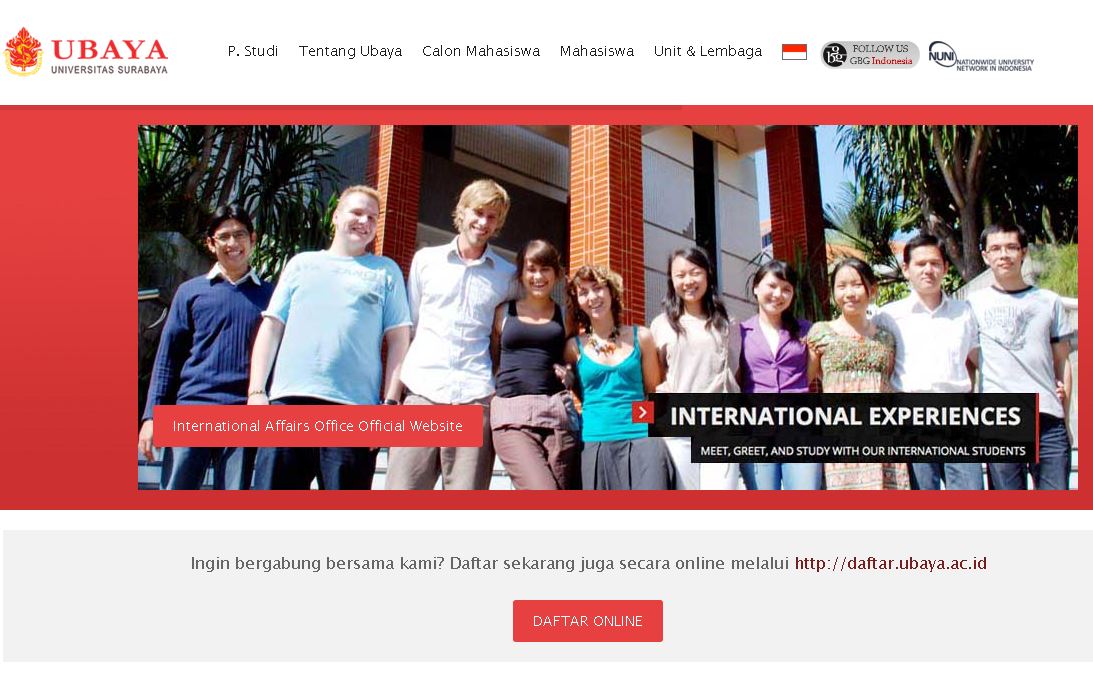 泗水大学(Ubaya)
泗水大学(Ubaya)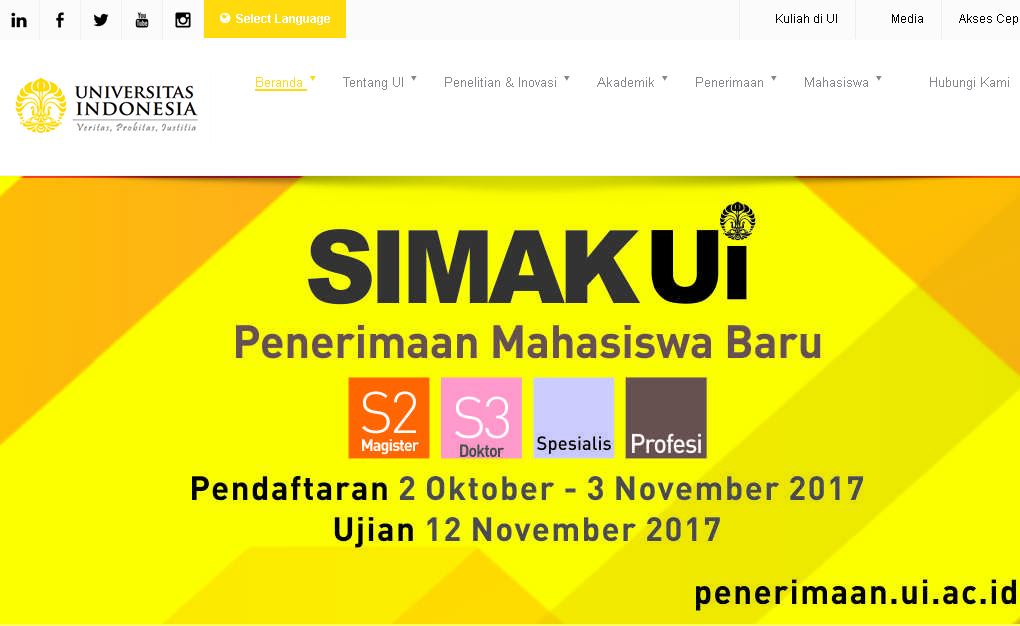 印尼大学 universitas indonesia
印尼大学 universitas indonesia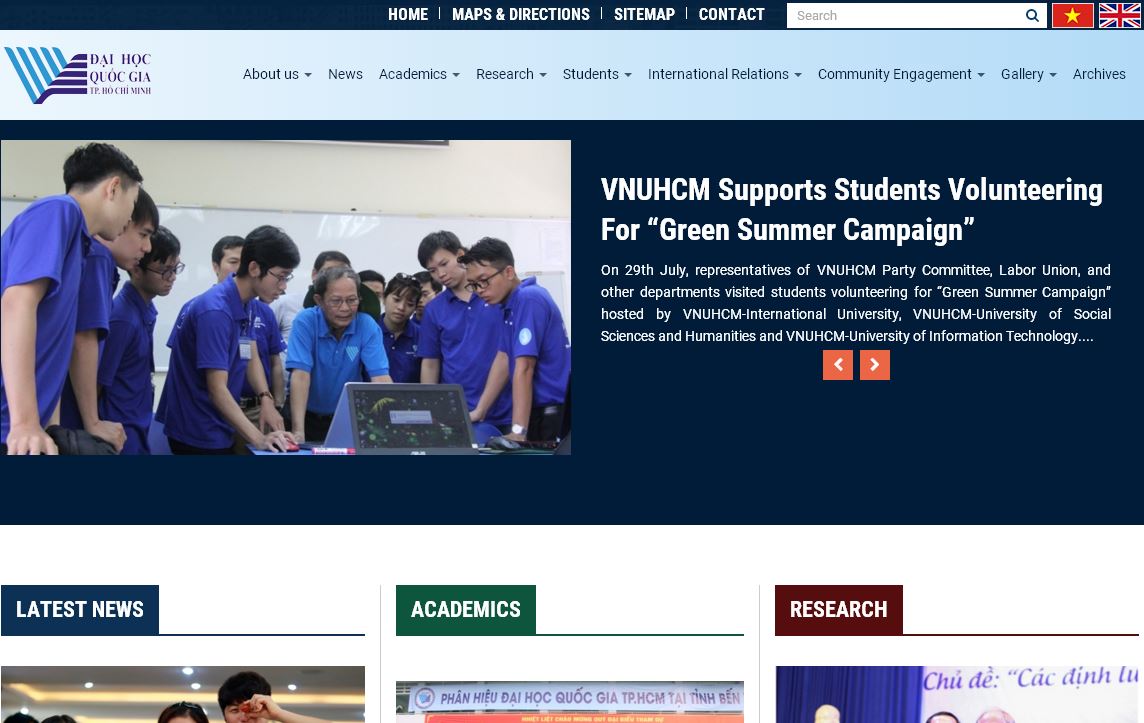 越南某大学 Vietnam National University
越南某大学 Vietnam National University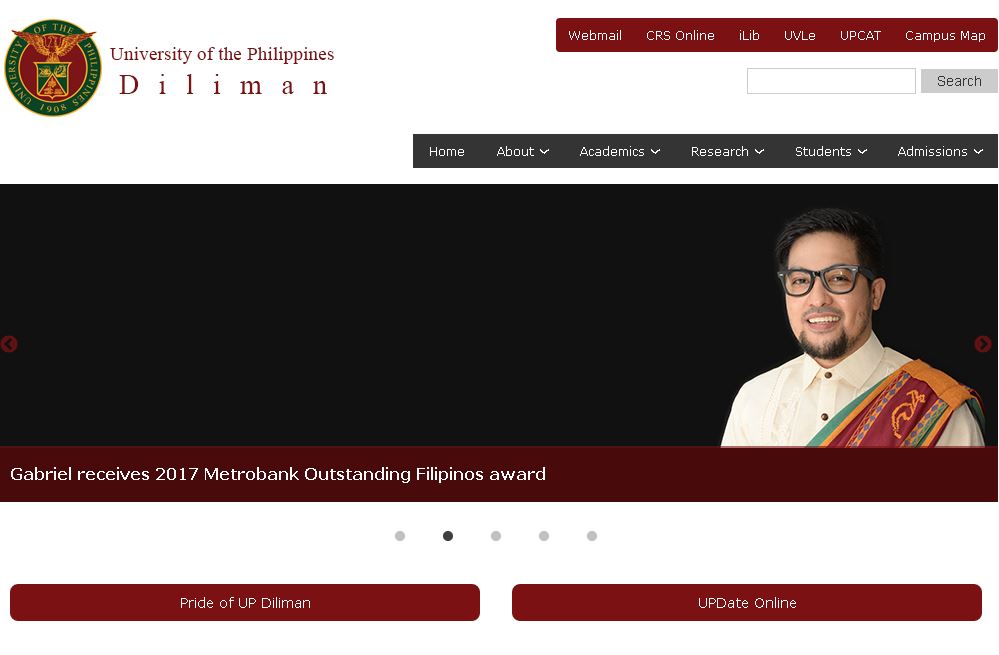 菲律宾大学 University Of The Philippines
菲律宾大学 University Of The Philippines
魏武王曹操陵墓昨惊现河南
发布时间:2025-01-06
来源:大学网站
传说中,魏武王曹操的高陵设72道陷阱,永埋地底,不被任何世人打扰。
而昨天,考古专家证实河南安阳的一座东汉大墓就是曹操高崚。
墓葬没有人们想象的华美,但其中保存的大量文物也有相当的研究价值。
曹操陵墓昨惊现河南 ACCORDING to legend, the tomb of Cao Cao - third-century warlord and ruler of northern China - was protected by 72 decoys to keep its whereabouts secret。
But real-life archeologists have found it。
The grave of Cao (AD 155-220), the founder of Wei Kingdom - the strongest and most prosperous state during the Three Kingdoms period (AD 208-280), was discovered inAnyang City in central China's Henan Province, archeologists announcedyesterday in Beijing。
According to Chen Ailan, director of the Henan cultural heritage administration, the discovered tomb, close to the former site of Wei's capital Luoyang, was confirmed as Cao's。
The 740-square-meter tomb, a size appropriate for a king, was confirmed to have been built at the time of Wei。
A stone tablet discovered at the scene said it belonged to the kingof Wei, and the remains in the tomb were determined to be of a man inhis 60s.
Cao died at 65.
Minister, hero Two women's bodies were also discovered in the tomb。
Cao is remembered for his outstanding military and political talents- "capable minister in peaceful times, righteous hero in chaotictimes," as one scholar put it。
He is also known for his poems - some included in China's middle school textbooks。
Characters based on Cao appear in major traditional Chinese operas,including Peking Opera and Sichuan Opera.
A Chinese proverb, "speak ofCao Cao and he appears," is the equivalent of "speak of the devil" inEnglish。
In the well-known historical fiction, "The Romance of ThreeKingdoms," a fictionalized Cao says, "Better for me to wrong the worldthan for the world to wrong me.
" The book secured his position as a villain in Chinese literature。
A famous tale said Cao was buried secretly and protected by 72 fake tombs to prevent raiders' invasion。
But while the location of his tomb was lost to history, it used tobe clear and was visited by many well known historic figures, includingthe Tang Dynasty Emperor Li Shimin (AD 618-907)。
No luxury decorations were found in the tomb, but more than 250weapons, pieces of armor, pottery and other articles were confirmed asCao's everyday belongings。
近日,河南省文物考古研究所在安阳县安丰乡西高穴村抢救性发掘的一座东汉大墓获重大考古发现,经权威考古学家和历史学家根据考古资料现场考证研究,确定这座东汉大墓为文献中记载的魏武王曹操高陵。
27日上午,河南省文物局、河南安阳市及国家文物局有关方面负责人与部分专家学者一起在京举行新闻发布会,向新闻界公布了这一重要发现。
据出席发布会的专家、学者介绍,大墓位于河南省安阳县安丰乡西高穴村南,2004年底后曾多次被盗。
为有效予以保护,2008年12月,经报请国家文物局批准,河南省文物局组织河南省文物考古研究所开始对墓葬进行抢救性考古发掘。
发掘后发现,该墓平面为甲字形,坐西向东。
这座带斜坡墓道的双室砖券墓,规模宏大,结构复杂,主要由墓道、前后室和四个侧室构成。
斜坡墓道长39.
5米,宽9.
8米,最深处距地表约15米;墓圹平面略呈梯形,东边宽22米,西边宽19.
5米,东西长18米;大墓占地面积约740平方米。
该墓虽被多次盗掘,但仍幸存一些重要随葬品。
共出土器物250余件,有金、银、铜、铁、玉、石、骨、漆、陶、云母等多种质地。
器类主要有铜带钩、铁甲、铁剑、铁镞、玉珠、水晶珠、玛瑙珠、石圭、石璧、石枕、刻铭石牌、陶俑等,其中以刻铭石牌和遗骨最为重要。
此次共出土刻铭石牌59件,有长方形、圭形等,铭文记录了随葬物品的名称和数量。
其中8件圭形石牌极为珍贵,分别刻有魏武王常所用格虎大戟”魏武王常所用格虎大刀”等铭文。
在追缴该墓被盗出土的一件石枕上,刻有魏武王常所用慰项石”铭文。
这些出土文字材料为研究确定墓主身份提供了重要的、最直接的历史学依据。
除上述器物外,该墓还出土有大量画像石残块。
这批画像石画工精细娴熟,雕刻精美,内容丰富,有神兽”七女复仇”等图案,并刻有咸阳令”纪梁”侍郎”宋王车”文王十子”饮酒人”等文字,堪称汉画像石中不可多得的精品。
在墓室清理中,发现有人头骨、肢骨等部分遗骨,专家初步鉴定为一男两女3个个体,其中,墓主人为男性,年龄在60岁左右。
据介绍,有关专家对这些考古发现进行了多次论证,根据墓葬形制、结构及随葬品时代特征,认为这座大墓年代为东汉晚期,结合文献记载,判定该墓的墓主人为中国历史上著名的政治家、军事家、文学家魏武王曹操。
大墓即文献中记载的高陵。
【魏武王曹操陵墓昨惊现河南查看网站:[db:时间]】
而昨天,考古专家证实河南安阳的一座东汉大墓就是曹操高崚。
墓葬没有人们想象的华美,但其中保存的大量文物也有相当的研究价值。
曹操陵墓昨惊现河南 ACCORDING to legend, the tomb of Cao Cao - third-century warlord and ruler of northern China - was protected by 72 decoys to keep its whereabouts secret。
But real-life archeologists have found it。
The grave of Cao (AD 155-220), the founder of Wei Kingdom - the strongest and most prosperous state during the Three Kingdoms period (AD 208-280), was discovered inAnyang City in central China's Henan Province, archeologists announcedyesterday in Beijing。
According to Chen Ailan, director of the Henan cultural heritage administration, the discovered tomb, close to the former site of Wei's capital Luoyang, was confirmed as Cao's。
The 740-square-meter tomb, a size appropriate for a king, was confirmed to have been built at the time of Wei。
A stone tablet discovered at the scene said it belonged to the kingof Wei, and the remains in the tomb were determined to be of a man inhis 60s.
Cao died at 65.
Minister, hero Two women's bodies were also discovered in the tomb。
Cao is remembered for his outstanding military and political talents- "capable minister in peaceful times, righteous hero in chaotictimes," as one scholar put it。
He is also known for his poems - some included in China's middle school textbooks。
Characters based on Cao appear in major traditional Chinese operas,including Peking Opera and Sichuan Opera.
A Chinese proverb, "speak ofCao Cao and he appears," is the equivalent of "speak of the devil" inEnglish。
In the well-known historical fiction, "The Romance of ThreeKingdoms," a fictionalized Cao says, "Better for me to wrong the worldthan for the world to wrong me.
" The book secured his position as a villain in Chinese literature。
A famous tale said Cao was buried secretly and protected by 72 fake tombs to prevent raiders' invasion。
But while the location of his tomb was lost to history, it used tobe clear and was visited by many well known historic figures, includingthe Tang Dynasty Emperor Li Shimin (AD 618-907)。
No luxury decorations were found in the tomb, but more than 250weapons, pieces of armor, pottery and other articles were confirmed asCao's everyday belongings。
近日,河南省文物考古研究所在安阳县安丰乡西高穴村抢救性发掘的一座东汉大墓获重大考古发现,经权威考古学家和历史学家根据考古资料现场考证研究,确定这座东汉大墓为文献中记载的魏武王曹操高陵。
27日上午,河南省文物局、河南安阳市及国家文物局有关方面负责人与部分专家学者一起在京举行新闻发布会,向新闻界公布了这一重要发现。
据出席发布会的专家、学者介绍,大墓位于河南省安阳县安丰乡西高穴村南,2004年底后曾多次被盗。
为有效予以保护,2008年12月,经报请国家文物局批准,河南省文物局组织河南省文物考古研究所开始对墓葬进行抢救性考古发掘。
发掘后发现,该墓平面为甲字形,坐西向东。
这座带斜坡墓道的双室砖券墓,规模宏大,结构复杂,主要由墓道、前后室和四个侧室构成。
斜坡墓道长39.
5米,宽9.
8米,最深处距地表约15米;墓圹平面略呈梯形,东边宽22米,西边宽19.
5米,东西长18米;大墓占地面积约740平方米。
该墓虽被多次盗掘,但仍幸存一些重要随葬品。
共出土器物250余件,有金、银、铜、铁、玉、石、骨、漆、陶、云母等多种质地。
器类主要有铜带钩、铁甲、铁剑、铁镞、玉珠、水晶珠、玛瑙珠、石圭、石璧、石枕、刻铭石牌、陶俑等,其中以刻铭石牌和遗骨最为重要。
此次共出土刻铭石牌59件,有长方形、圭形等,铭文记录了随葬物品的名称和数量。
其中8件圭形石牌极为珍贵,分别刻有魏武王常所用格虎大戟”魏武王常所用格虎大刀”等铭文。
在追缴该墓被盗出土的一件石枕上,刻有魏武王常所用慰项石”铭文。
这些出土文字材料为研究确定墓主身份提供了重要的、最直接的历史学依据。
除上述器物外,该墓还出土有大量画像石残块。
这批画像石画工精细娴熟,雕刻精美,内容丰富,有神兽”七女复仇”等图案,并刻有咸阳令”纪梁”侍郎”宋王车”文王十子”饮酒人”等文字,堪称汉画像石中不可多得的精品。
在墓室清理中,发现有人头骨、肢骨等部分遗骨,专家初步鉴定为一男两女3个个体,其中,墓主人为男性,年龄在60岁左右。
据介绍,有关专家对这些考古发现进行了多次论证,根据墓葬形制、结构及随葬品时代特征,认为这座大墓年代为东汉晚期,结合文献记载,判定该墓的墓主人为中国历史上著名的政治家、军事家、文学家魏武王曹操。
大墓即文献中记载的高陵。
【魏武王曹操陵墓昨惊现河南查看网站:[db:时间]】
- 上一篇: 1月15日日环食奇观精彩集锦(视频)
- 下一篇: 美国圣诞老人盼望接种甲流疫苗
相关阅读
目录列表
资讯列表
英语资讯


共0条评论
网友评论温馨提示:您的评论需要经过审核才能显示,请文明发言!